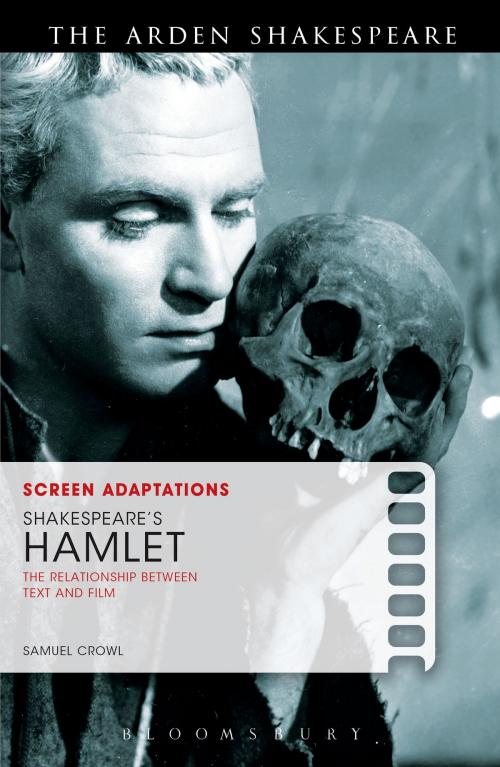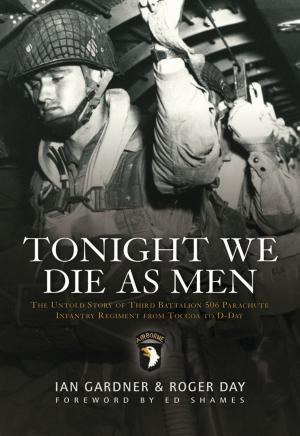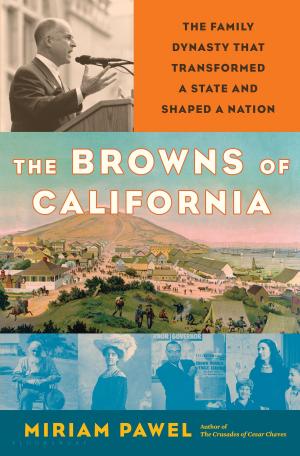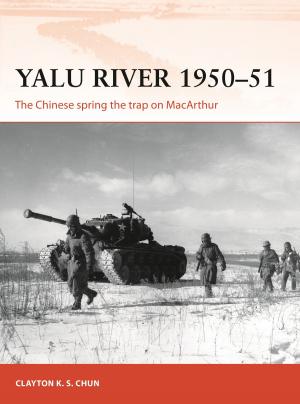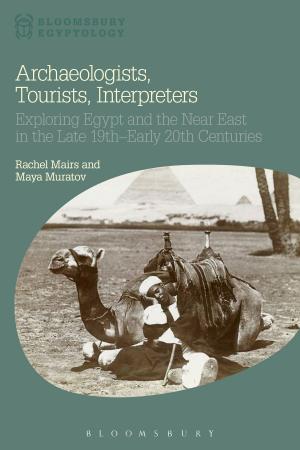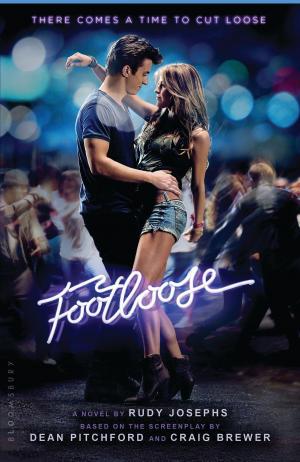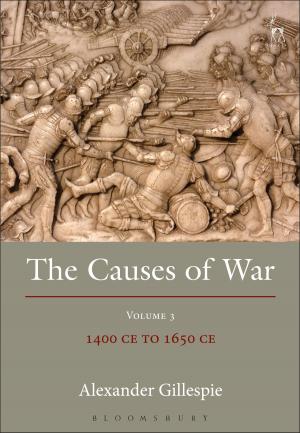Screen Adaptations: Shakespeare’s Hamlet
The Relationship between Text and Film
Nonfiction, Entertainment, Film, Reference, Performing Arts, Fiction & Literature, Literary Theory & Criticism| Author: | Samuel Crowl | ISBN: | 9781472538925 |
| Publisher: | Bloomsbury Publishing | Publication: | January 30, 2014 |
| Imprint: | The Arden Shakespeare | Language: | English |
| Author: | Samuel Crowl |
| ISBN: | 9781472538925 |
| Publisher: | Bloomsbury Publishing |
| Publication: | January 30, 2014 |
| Imprint: | The Arden Shakespeare |
| Language: | English |
Hamlet is the most often produced play in the western literary canon, and a fertile global source for film adaptation. Samuel Crowl, a noted scholar of Shakespeare on film, unpacks the process of adapting from text to screen through concentrating on two sharply contrasting film versions of Hamlet by Laurence Olivier (1948) and Kenneth Branagh (1996). The films' socio-political contexts are explored, and the importance of their screenplay, film score, setting, cinematography and editing examined.
Offering an analysis of two of the most important figures in the history of film adaptations of Shakespeare, this study seeks to understand a variety of cinematic approaches to translating Shakespeare's "words, words, words†? into film's particular grammar and rhetoric
Hamlet is the most often produced play in the western literary canon, and a fertile global source for film adaptation. Samuel Crowl, a noted scholar of Shakespeare on film, unpacks the process of adapting from text to screen through concentrating on two sharply contrasting film versions of Hamlet by Laurence Olivier (1948) and Kenneth Branagh (1996). The films' socio-political contexts are explored, and the importance of their screenplay, film score, setting, cinematography and editing examined.
Offering an analysis of two of the most important figures in the history of film adaptations of Shakespeare, this study seeks to understand a variety of cinematic approaches to translating Shakespeare's "words, words, words†? into film's particular grammar and rhetoric
